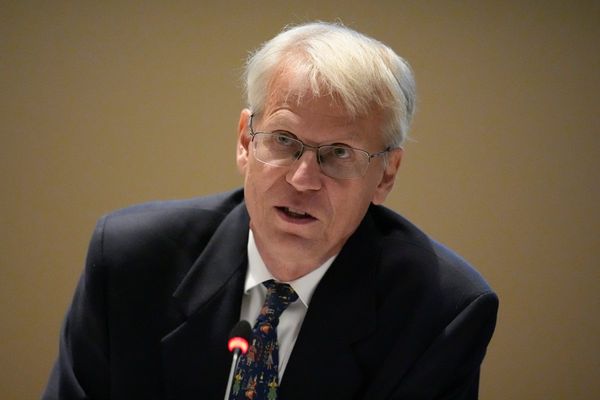A RESEARCH project has published the Gaelic stories behind 15 objects in the collections of National Museums Scotland.
Scotland’s oldest known bagpipe chanter, a horn spoon collected by an Austrian aristocrat and a medieval rock crystal charmstone are among the Gaelic stories published in a new bilingual online resource.
The stories are the product of a research project, tha sgeul ri innse (there’s a story for the telling), which has led to object records being revised and improved to better reflect their connections to the people, places and language of their origin.
Through insights from Gaelic communities, including through community workshops held in Lewis and Skye earlier this year, as well as analysis of the objects themselves and their associated historical records, the collection is now available to read.
The15 objects highlighted in the new resource include:
- Amber Bead (Grìogag òmair): This amber bead was used in Skye, as a charm for curing failing eyesight. It was in use until the late 19th century but was originally made in the Bronze Age, about 3000 years ago. A polished bead of amber was treasured in Gaelic communities for its supposed protective powers. People believed it could ward off illness, safeguard children, and defend against the evil eye.
- Charm Stone (Clach-shuaineis): This rock crystal charmstone is important enough to warrant a name of its own: the Maclean Leug. Leug means a precious stone or jewel, and they were used as talismans. These were passed down through families and believed to bring healing or protection, sometimes dipped in water to bless livestock or people.
- Iain Dall's chanter (Feadan Iain Doill): This chanter – the part of the bagpipe with finger holes, which creates melody – is one of the oldest ones known. It belonged to Iain MacKay, or Am Pìobaire Dall, the blind piper, who lived from around 1656 to around 1754.
- Gaelic Bible (Am Bìoball Gàidhlig): This bible (below) is said to have been carried by a solider at Culloden. His name is unknown, or any details on where he was from, but perhaps this bible gave him some solace or courage. This edition was created in 1690 by the Perthshire minister Robert Kirk. It was among the first editions of the bible to be printed in Gaelic.
- A phonebook (Leabhar na fòn): This phonebook from 1977 covers the area of Ness, the northernmost part of the Isle of Lewis. It was created as part of the Van Leer project, a wide-ranging educational and community development project. A useful publication in a highly-connected community, it stands out for its inclusion of nicknames alongside legal first and surnames.
- Warning proclamation (Gairm rabhaidh): In December 1887, around 400 men and women occupied the farm of Aignish, on the Point peninsula in Lewis. They were attempting to reclaim it for the purpose of crofting. The response from the British Government was to send in armed troops and gunboats. That this proclamation was written and printed in Gaelic suggests that the government was genuinely worried about the situation.
The project, which in all has seen over 100 object records improved and enhanced, is led by National Museums Scotland in collaboration with Sabhal Mòr Ostaig, the National Centre for Gaelic Language and Culture, and funded by Bòrd na Gàidhlig.
Community partners have included Comunn Eachdraich Nis and Urras Oighreachd Ghabhsainn.
Lead researcher Anna MacQuarrie said: “It’s been a pleasure to work on this project, studying these fascinating objects first hand, and reconnecting them with the Gaelic perspectives and language that help us better understand them. Working with community members in Skye and Lewis has been a vital part of the process, their contributions shaping how we represent our shared Gàidhealach material culture, past and present".
Dr Sarah Laurenson added: “It’s important to us at National Museums Scotland to accurately and transparently reflect the true cultural associations, meanings and histories of the material in our care across the collections.
"It’s great that we are doing this with material connected to Gaelic culture, history and tradition and I’m delighted that there is a public output which will help raise awareness of the stories behind those connections”.







